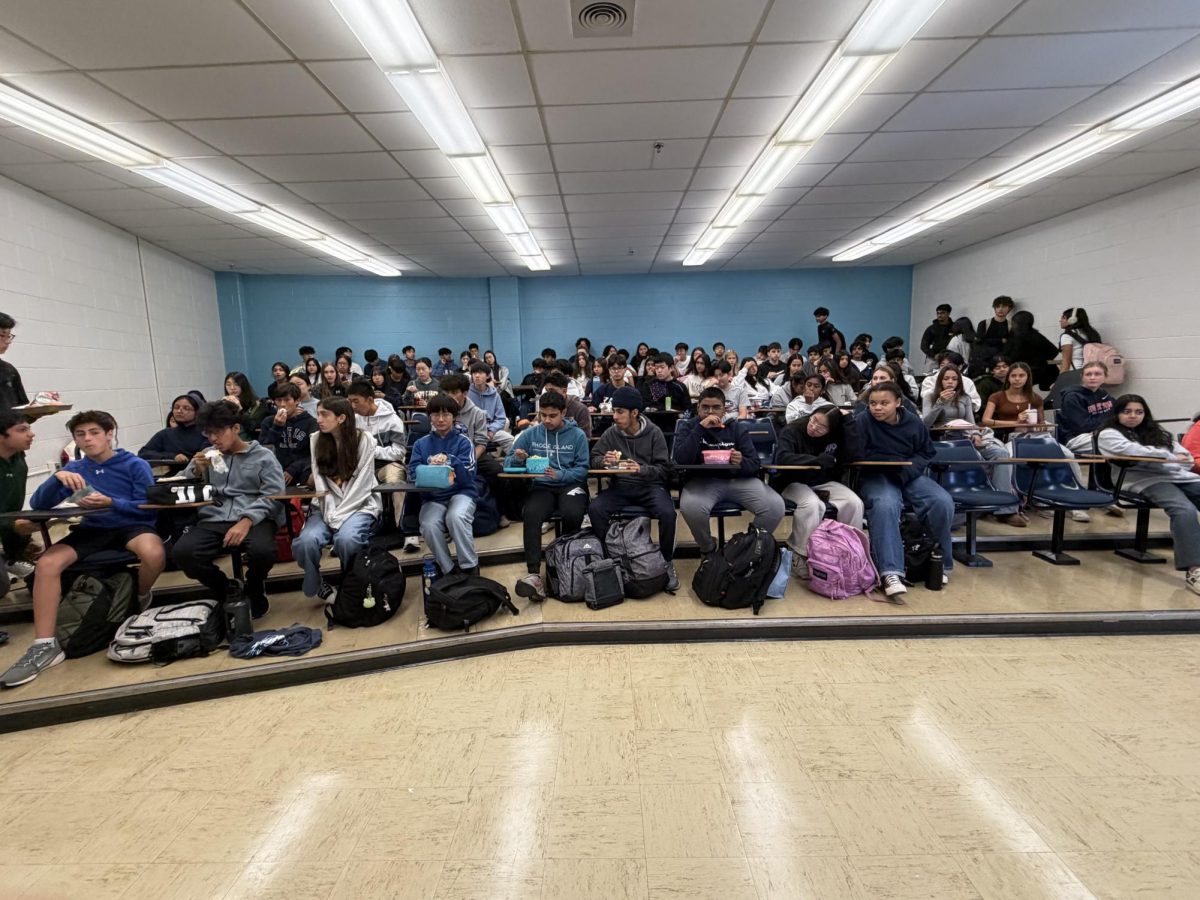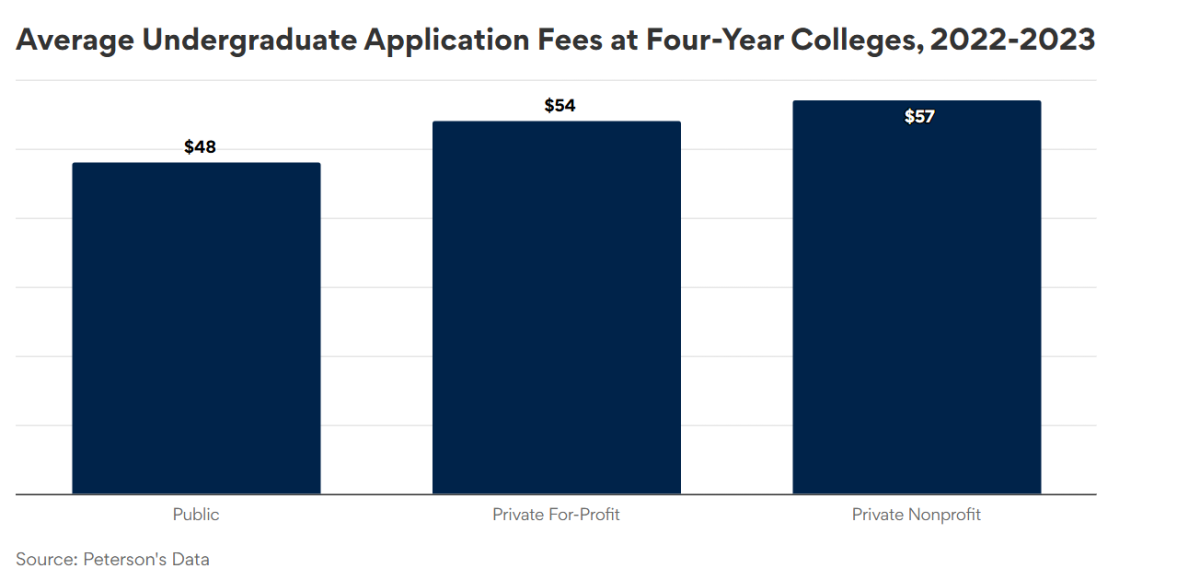The end of the quarter brings stress to students to finish all of their work and frustration if they don’t get the grade they strived for. Students often ask teachers if they will bump their grade if they are close to the grade above and this policy raises debate among staff and students.
It may seem that bumping a grade is allowed, but raising a student’s grade without approval or giving students extra points goes against MCPS policy. “The following grading practices are prohibited: awarding extra credit and/or bonus points,” according to MCPS Regulation IKA-RA, Grading and Reporting.
Despite going against MCPS policy, teachers still bump grades and it is not prevented by the school or county. Because it is common and easy to do through gradebook, it is normally overlooked by administration. Teachers often add a few points to an assignment before they turn in grades to help a student receive a higher percentage in the class.
Students appreciate teachers who bump grades because if a student’s grade is close enough to the letter grade above to be bumped, they believe that they have worked hard in the class and deserve the better grade. Therefore, they feel that they should get the higher grade that they were close to achieving. Students especially ask for a raised grade if it will change their semester grade, which goes on the transcript. “I appreciate it when teachers bump my grade because if I worked hard the whole quarter, I feel that I deserve that grade,” junior Liron Gamliel said.
Critics say bumping grades encourages students to work the minimum amount and still receive the grade they want. Students may start to believe that their grade will always be bumped and they lose the value of their work in the class. “I don’t bump grades because I feel a student’s grade is a thing of integrity and by bumping a student’s grade, they lose the integrity of their work,” history teacher Maima Barclay said.
Often the only reason a teacher will bump a grade is if they believe that the student worked hard and participated in the class throughout the entire quarter. The student must have showed that they care about the class and their grade in the class prior to asking for a raised grade. They also must have a borderline grade. For example, a teacher will not bump a student from an 85 percent to an A.
Even though it is the teacher’s decision whether to bump a grade or not, students feel that it is unfair for some teachers to bump grade while others don’t, especially for the same subject. This inconsistency confuses students. “I think it’s unfair for teachers of the same class to have different policies because if you’re doing the same things and you’re all working equally as hard, the teachers should have the same policy,” Gamliel said.








